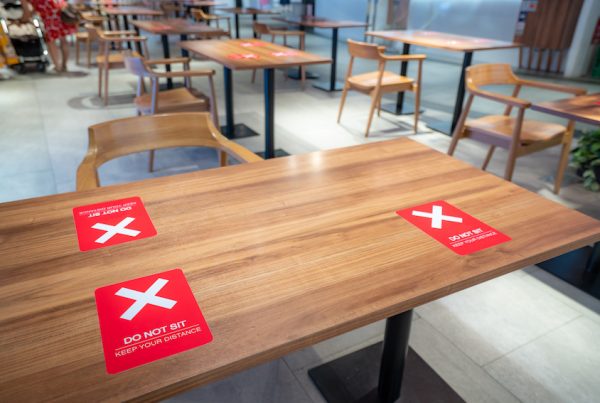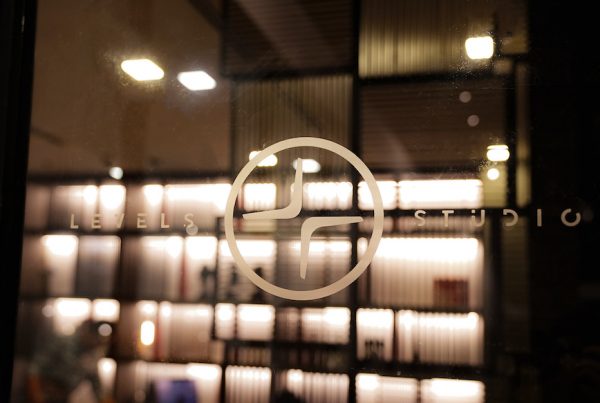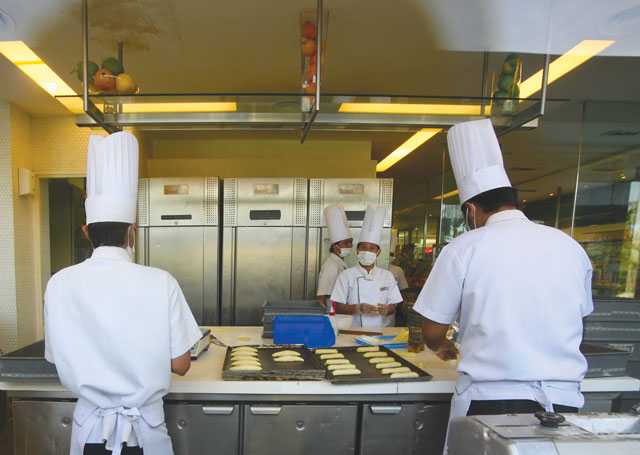 When I started on this article, I was thinking to myself that as a consumer, I never had any inclination of what goes behind the scenes of a restaurant until my recent interview with Mr Christopher Lim, of Spark DC. Having spent more than three decades in the food and service industries, Christopher Lim is indeed a vault of knowledge.
When I started on this article, I was thinking to myself that as a consumer, I never had any inclination of what goes behind the scenes of a restaurant until my recent interview with Mr Christopher Lim, of Spark DC. Having spent more than three decades in the food and service industries, Christopher Lim is indeed a vault of knowledge.
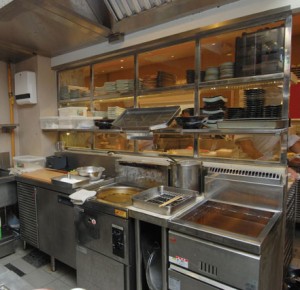 So, how does one get a restaurant started? Let’s review some facts here… The fact is that the restaurant industry in Asia and beyond holds the highest mortality rate of any business today. As a gastronomic haven, statistics show that 2 out of 10 new food and beverage operations starting today will still be in existence 3 years from now. And a fortunate 1 of those 2 will be around to see their 5th anniversary. Anything beyond that, the statistics are pretty much irrelevant.
So, how does one get a restaurant started? Let’s review some facts here… The fact is that the restaurant industry in Asia and beyond holds the highest mortality rate of any business today. As a gastronomic haven, statistics show that 2 out of 10 new food and beverage operations starting today will still be in existence 3 years from now. And a fortunate 1 of those 2 will be around to see their 5th anniversary. Anything beyond that, the statistics are pretty much irrelevant.
Yes, these are startling figures… Sure, there are measures you can take to tip the scales in your favour; such as having a liquor license, creating a niche in the market, sourcing the freshest ingredients and as everyone already knows… Location, location, location is of paramount importance.
But ask yourself this question? As important as these factors are, the bottom line of any restaurant is efficient design to suit the needs of the owner/chef. The rule of thumb is if your business is not efficiently and cost effectively designed, then your restaurant will succumb and just be another statistic.
One of the biggest investment considerations that one has to take into account when opening a new restaurant is the kitchen. A commercial kitchen would need industrial grade equipment that will withstand a busy restaurant schedule. This is where kitchen designers come into play.
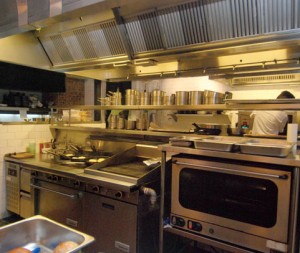
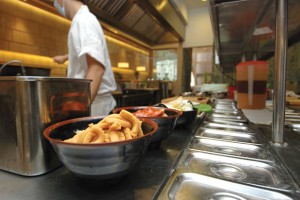 You must remember that kitchen designs are operation specific. It is logical and has a flow of stages for production. A smartly designed kitchen tends to reduce the movements of the operator in the kitchen, where everything is within short reach hence reducing the time in trying to find where ingredients/items/equipments are stored instead of ransacking every cabinet.
You must remember that kitchen designs are operation specific. It is logical and has a flow of stages for production. A smartly designed kitchen tends to reduce the movements of the operator in the kitchen, where everything is within short reach hence reducing the time in trying to find where ingredients/items/equipments are stored instead of ransacking every cabinet.
The design and layout of a restaurant kitchen should allow food to flow seamlessly from the prep area to the line. More often than not, a restaurant is located at a fabulous location but due to retail space, the kitchen may be small but that shouldn’t deter the owner from adapting his/her plans accordingly. Designers also apply one very important rule; always have the process flow drawn out and have the line diagrams clearly indicated.
It is important to note that every facet of restaurant design and layout is a product of the goals and concept of the business. Be it a posh fine dining restaurant, a grill bar or a fast food eatery, the bigger the goals and concept, the more resources will go into design elements. The menu, clientele, and price points should all support the layout of the restaurant to create a single concept. Finally, design elements should support each other. No single element should stand out from the others without wanting to point customers in that direction.
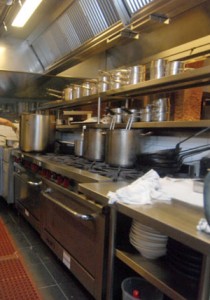 My research with some designers have revealed that having a well-planned restaurant kitchen doesn’t just keep food flowing to the tables of customers, but it can also save you money in time and waste. If your staff knows where everything is located, understands the rule of FIFO (first in, first out), then this will help reduce food wastage and spoilage.
My research with some designers have revealed that having a well-planned restaurant kitchen doesn’t just keep food flowing to the tables of customers, but it can also save you money in time and waste. If your staff knows where everything is located, understands the rule of FIFO (first in, first out), then this will help reduce food wastage and spoilage.
Take for instance, with kitchens being smaller these days due to space constraints, equipment space is also compromised. Brandon Kua of Citrus Consult shared his views on this matter.
“In space constrained kitchens, it is prudent that we make use of each square feet to its fullest potential. Adhering to HACCP where each type of raw food (meat, poultry, seafood, vegetables) has to have its own preparation area might be difficult in small kitchens but not impossible if you get versatile equipments. Take for example, a table mixer, by adding a functional accessory, the operator can do mincing or cutting without having to buy additional equipment, which therefore leads to saving of space.”
 Kitchen designers will tell you that the kitchen is the heart of any restaurant, where the menu comes to life. It’s where food is prepared, cooked and plated. It is also where the dirty dishes are brought, where food is stored and where all the utensils, dishes and cooking equipment are housed. Unlike home, a restaurant kitchen has dozens of people in and out of it on any given shift, so it’s important to be organised. A place for everything and everything in its place.
Kitchen designers will tell you that the kitchen is the heart of any restaurant, where the menu comes to life. It’s where food is prepared, cooked and plated. It is also where the dirty dishes are brought, where food is stored and where all the utensils, dishes and cooking equipment are housed. Unlike home, a restaurant kitchen has dozens of people in and out of it on any given shift, so it’s important to be organised. A place for everything and everything in its place.
As every restaurant entrepreneur knows, equipments are pricey and there’s no short cut! More often than not, out of eagerness, equipments purchased are either too big or are large in capacity, which will result in wastage. How do you go about reducing the wastage factor?
The rule of thumb is that operators should know the size of serving capacity. Sizing the right capacity equipment will help reduce man-hours and the energy intensity required to prepare and produce the food.
Christopher Lim believes that something like “Cook-Chill” helps. So what is Cook-Chill? The Cook-Chill is a simple, controlled system of food preparation designed to provide more flexibility in food service. The technique involves the full cooking of food, followed by rapid chilling and storage at controlled temperatures (for up to five days). When required, just reheat the food thoroughly before service. This helps in food wastage and also reduces monetary spending especially in the purchase of daily fresh produce.
In conclusion, based on my research, it is wise to engage a kitchen designer as they will save you money. Designers subscribe to one thing: keeping your requirements and vision at heart. Do away with engaging many hands… as the adage goes “too many cooks spoil the broth” and just choose one designer to see your dream turn into reality.
[box style=”rounded” border=”full”] CHRISTOPHER LIM – Starting his career as a bright eyed chef, Christopher climbed the culinary ladder at a fast pace having worked in world-renowned fine dining restaurants both in Singapore and abroad. After having worked more than ten years, Christopher called it quits to pursue something rather different and exciting – selling of kitchen equipment. After dabbling with sales for more than seven years, he knew his true calling was much more than just sales when he worked closely with an international restaurant in its outlet design, namely the kitchen. Christopher saw his visions turn into reality and the rest is history…
CHRISTOPHER LIM – Starting his career as a bright eyed chef, Christopher climbed the culinary ladder at a fast pace having worked in world-renowned fine dining restaurants both in Singapore and abroad. After having worked more than ten years, Christopher called it quits to pursue something rather different and exciting – selling of kitchen equipment. After dabbling with sales for more than seven years, he knew his true calling was much more than just sales when he worked closely with an international restaurant in its outlet design, namely the kitchen. Christopher saw his visions turn into reality and the rest is history…
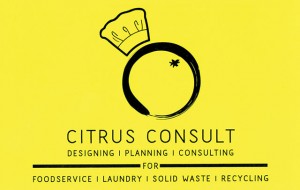 BRANDON KUA – Before earning his degree in Engineering from University of Nottingham in the United Kingdom, Brandon’s experience in the Food & Beverage department has been vast and varied. Beginning as a part-time kitchen helper for a local deli chain before venturing into the kitchen of IKEA food-service division and cafe, he was also a server for a local bistro.
BRANDON KUA – Before earning his degree in Engineering from University of Nottingham in the United Kingdom, Brandon’s experience in the Food & Beverage department has been vast and varied. Beginning as a part-time kitchen helper for a local deli chain before venturing into the kitchen of IKEA food-service division and cafe, he was also a server for a local bistro.
Armed with project management skills, Brandon returned to his passion for the foodservice industry with burning gusto and founded Citrus Consult. Using his honed skills in overseeing design and production drawings, specification writing, equipment selection and tender documentation, Brandon takes pride in making your dream into a great business with efficient and effective kitchen flow.
[/box]






